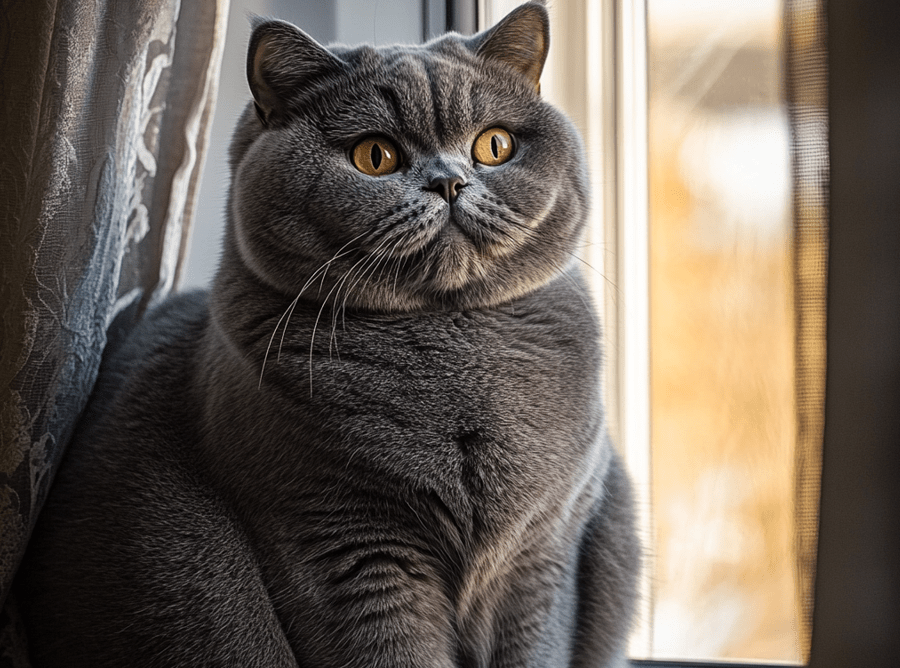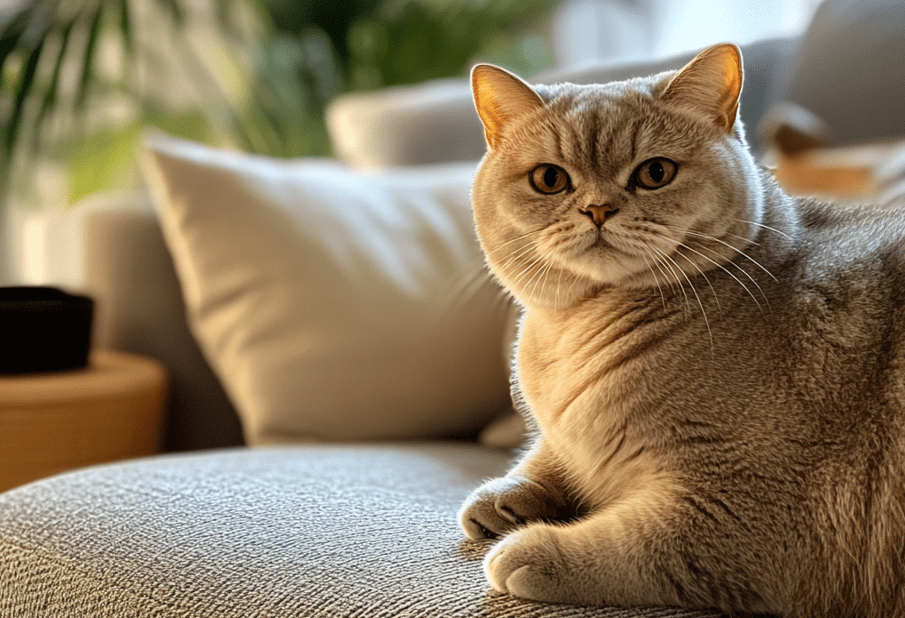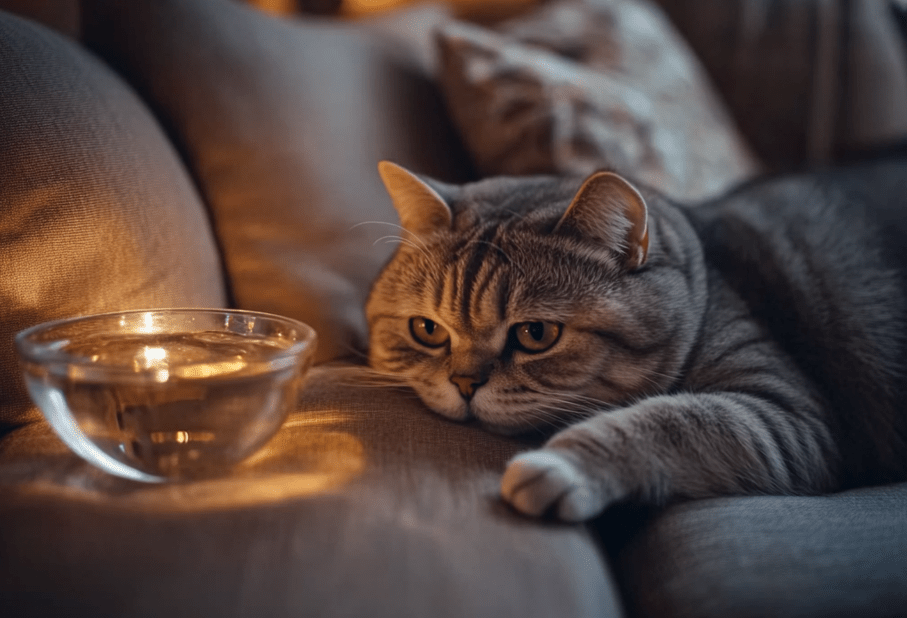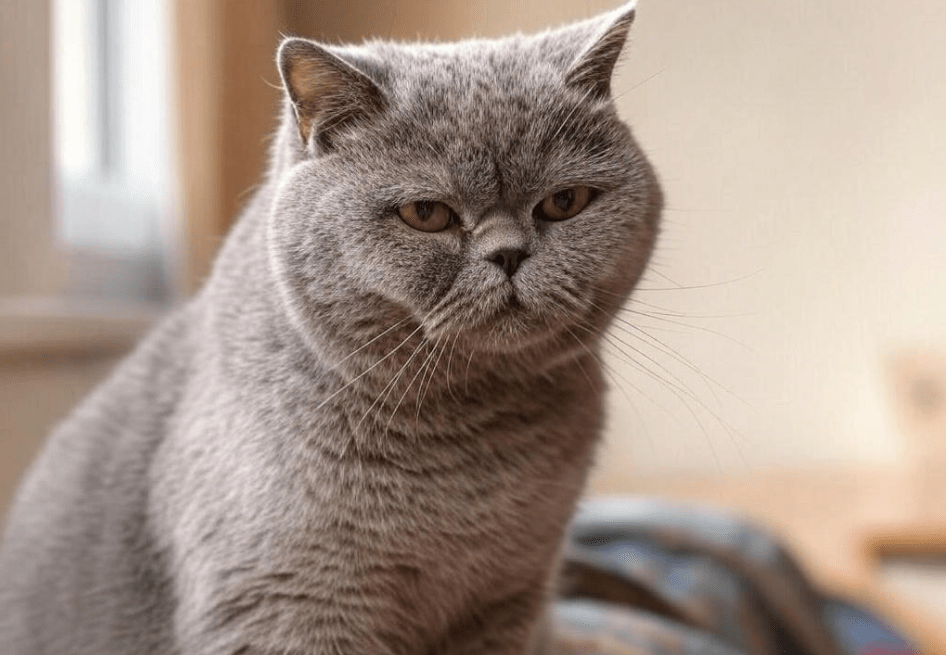
British Shorthair cats, with their plush coats and sturdy builds, are cherished companions known for their calm and affectionate nature. However, their unique physiology can make them prone to urinary tract issues, such as urinary tract infections (UTIs), bladder stones, and feline lower urinary tract disease (FLUTD). Preventing urinary tract issues in British Shorthair cats is essential for their long-term health and happiness. This comprehensive guide provides actionable, evidence-based strategies to safeguard your cat’s urinary health, covering diet, hydration, environmental factors, and veterinary care to ensure your British Shorthair thrives.
Understanding Urinary Tract Issues in British Shorthairs
Urinary tract issues encompass a range of conditions affecting the bladder, urethra, or kidneys. British Shorthairs, due to their genetic predisposition and body structure, may be at higher risk for these problems. Common urinary tract issues include:
Urinary Tract Infections (UTIs): Bacterial infections in the bladder or urethra, causing discomfort and frequent urination.
Bladder Stones: Mineral deposits that form in the bladder, leading to pain and potential blockages.
Feline Lower Urinary Tract Disease (FLUTD): A group of conditions, including cystitis, that cause inflammation and urinary difficulties.
Urethral Obstructions: Blockages in the urethra, more common in male cats, which can be life-threatening if untreated.
Recognizing the signs of urinary tract issues—such as straining to urinate, blood in urine, or frequent litter box visits—is critical for early intervention.
Why British Shorthairs Are Prone to Urinary Issues
Several factors contribute to the British Shorthair’s susceptibility to urinary tract problems:
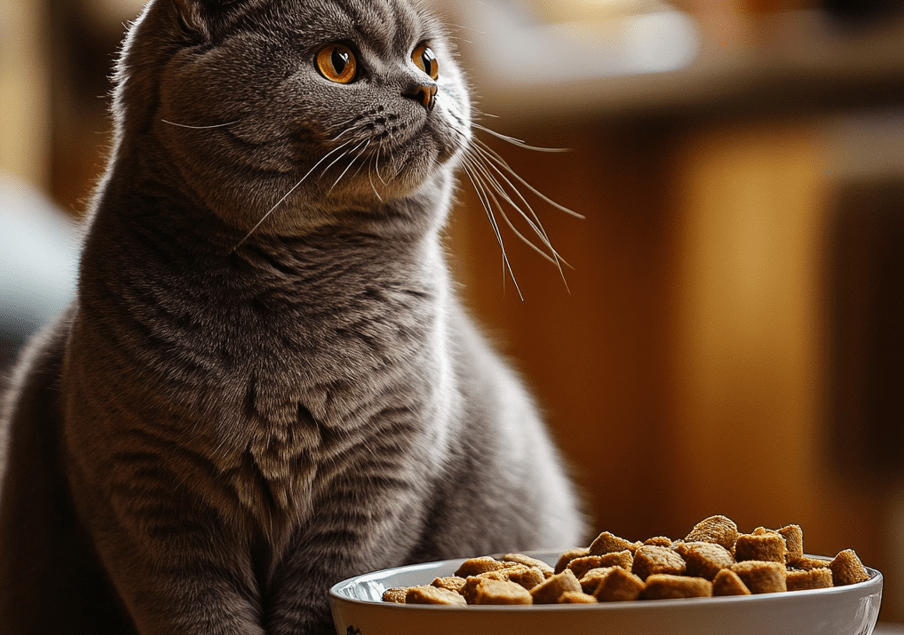
Body Weight: Their stocky, muscular build (9-18 pounds) can lead to obesity, a risk factor for urinary issues.
Low Thirst Drive: British Shorthairs may not drink enough water, leading to concentrated urine that promotes crystal formation.
Stress Sensitivity: Despite their calm demeanor, British Shorthairs can experience stress from environmental changes, which may trigger FLUTD.
Genetics: Certain genetic predispositions may increase the likelihood of bladder stones or cystitis in this breed.
Understanding these risk factors allows you to take proactive steps to prevent urinary tract issues in your British Shorthair.
Key Strategies to Prevent Urinary Tract Issues
Preventing urinary tract issues in British Shorthair cats requires a holistic approach. Below, we outline practical strategies to promote urinary health and reduce the risk of complications.
1. Encourage Proper Hydration
Adequate water intake is the cornerstone of urinary tract health, as it dilutes urine and helps flush out potential irritants.
Provide Fresh Water: Ensure clean, fresh water is available at all times. Change water daily to keep it appealing.
Use a Cat Water Fountain: British Shorthairs are often attracted to running water. A pet fountain can encourage drinking, reducing the risk of concentrated urine.
Incorporate Wet Food: Wet cat food has a high moisture content (70-80%), significantly increasing your cat’s water intake. Aim to include wet food in their daily diet.
Multiple Water Stations: Place water bowls in various locations around your home, away from food and litter boxes, to make drinking more accessible.
Monitor your cat’s water intake and consult your veterinarian if they seem reluctant to drink, as this could indicate an underlying issue.
2. Feed a Urinary Health Diet
A balanced, high-quality diet tailored to urinary health can prevent crystal formation and support overall bladder function.
Choose Urinary-Specific Formulas: Look for cat foods designed to promote urinary health, such as Hill’s Prescription Diet c/d or Royal Canin Urinary SO. These foods are formulated to maintain proper urine pH and reduce the risk of stones.
High-Quality Protein: Opt for diets with digestible protein sources (e.g., chicken or fish) to minimize urinary irritants.
Low Magnesium and Phosphorus: Diets low in these minerals help prevent struvite and calcium oxalate stones, common in British Shorthairs.
Omega-3 Fatty Acids: Found in fish oil, omega-3s have anti-inflammatory properties that support bladder health.
Avoid Overfeeding: Maintain portion control to prevent obesity, which increases the risk of urinary issues.
Always consult your veterinarian before changing your cat’s diet, especially if they have a history of urinary problems.
3. Maintain a Clean and Stress-Free Litter Box Environment
A clean, accessible litter box encourages regular urination, which helps prevent urinary tract issues.
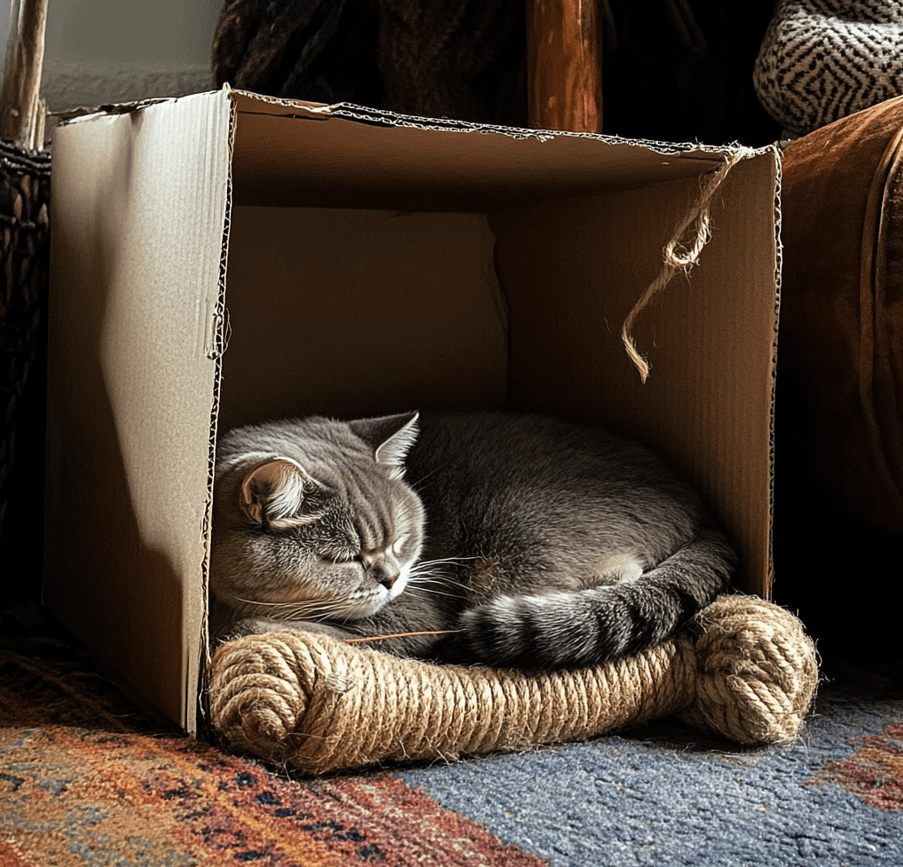
Provide Enough Litter Boxes: Follow the “n+1” rule—one litter box per cat plus one extra. For a single British Shorthair, provide at least two boxes.
Choose the Right Box: Use large, low-entry litter boxes to accommodate your cat’s sturdy frame. Senior British Shorthairs may benefit from boxes with lower sides for easy access.
Clean Daily: Scoop litter boxes daily and change litter weekly to prevent bacterial growth and encourage use.
Select Appropriate Litter: Opt for unscented, dust-free litter, as scented or dusty litters can irritate the urinary tract or deter use.
Strategic Placement: Place litter boxes in quiet, private areas away from food, water, and high-traffic zones to reduce stress.
A stress-free litter box environment promotes consistent urination, reducing the risk of bladder issues.
4. Manage Stress to Prevent FLUTD
Stress is a significant trigger for FLUTD in British Shorthairs. Minimizing stress helps maintain urinary health.
Create a Calm Environment: Provide safe, quiet spaces where your cat can retreat, such as cat trees or cozy beds.
Enrich Their Environment: Offer toys, scratching posts, and window perches to keep your British Shorthair mentally stimulated. Interactive play can also reduce stress.
Maintain Routine: Cats thrive on consistency. Avoid sudden changes to feeding schedules, litter box locations, or household dynamics.
Use Pheromone Diffusers: Products like Feliway release calming pheromones that can reduce stress-related urinary issues.
Monitor your cat for signs of stress, such as hiding or excessive grooming, and address potential triggers promptly.
5. Schedule Regular Veterinary Checkups
Routine veterinary care is essential for preventing and detecting urinary tract issues early.
Annual or Biannual Exams: Regular checkups allow your vet to monitor your cat’s urinary health, weight, and overall condition.
Urinalysis: Periodic urine tests can detect crystals, infections, or abnormal pH levels before symptoms appear.
Blood Work: Blood tests can identify underlying conditions, such as kidney disease, that may contribute to urinary issues.
Imaging: X-rays or ultrasounds may be recommended to check for bladder stones or structural abnormalities.
Early detection through veterinary care can prevent minor issues from becoming serious.
6. Monitor for Early Signs of Urinary Issues
Being vigilant for signs of urinary tract problems allows for prompt intervention.
Straining or Painful Urination: Difficulty urinating or vocalizing during urination may indicate a UTI or blockage.
Frequent Litter Box Visits: Urinating small amounts frequently can signal irritation or infection.
Blood in Urine: Pink or red-tinged urine is a red flag for urinary issues.
Urinating Outside the Litter Box: This behavior may indicate discomfort or an inability to reach the box in time.
Lethargy or Appetite Changes: These can accompany urinary problems, especially in severe cases like urethral obstructions.
If you notice any of these signs, contact your veterinarian immediately, as some conditions require urgent care.
7. Consider Supplements for Urinary Health
Certain supplements can complement a urinary health diet and support bladder function.
Cranberry Extract: Cranberry may prevent bacteria from adhering to the bladder wall, reducing UTI risk. Choose vet-approved supplements formulated for cats.
D-Mannose: This natural sugar can help prevent bacterial infections in the urinary tract.
Glucosamine: While primarily used for joint health, glucosamine may support bladder lining health in cats with cystitis.
Probiotics: These promote a healthy gut microbiome, which may indirectly support urinary health by reducing systemic inflammation.
Consult your veterinarian before adding supplements to ensure they are safe and effective for your British Shorthair.
8. Maintain a Healthy Weight
Obesity is a major risk factor for urinary tract issues, as excess weight can contribute to inflammation and reduced mobility.
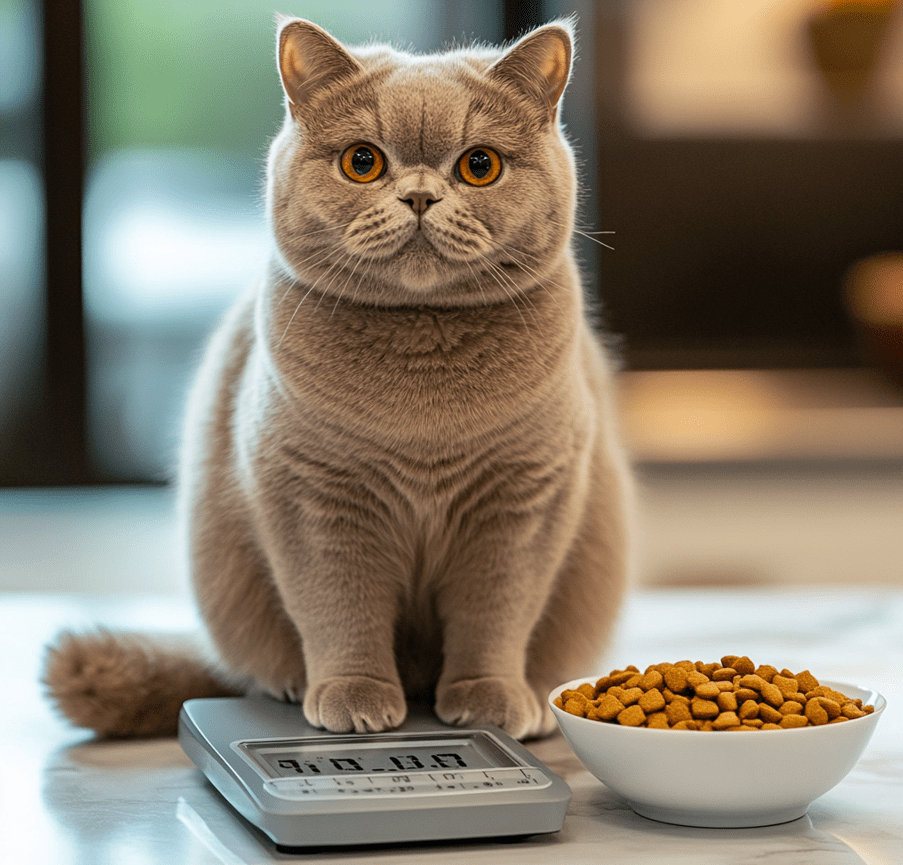
Monitor Body Condition: Use a body condition score chart to assess your cat’s weight. British Shorthairs should have a defined waistline and palpable ribs.
Control Portions: Measure food with a cup to avoid overfeeding, and follow feeding guidelines for your cat’s ideal weight.
Encourage Exercise: Engage your cat in gentle play with feather wands or laser pointers to promote activity and weight management.
Regular weigh-ins and veterinary guidance can help keep your British Shorthair at a healthy weight.
Common Urinary Tract Issues in British Shorthairs
Understanding the specific urinary conditions that affect British Shorthairs can help you take targeted preventive measures.
Feline Lower Urinary Tract Disease (FLUTD)
FLUTD encompasses conditions like cystitis, urethritis, and urethral plugs. Stress, diet, and low water intake are common triggers. Preventive strategies include stress management, hydration, and a urinary-specific diet.
Bladder Stones
Struvite and calcium oxalate stones are the most common types in cats. British Shorthairs may be prone due to their genetic makeup. A diet low in magnesium and phosphorus, combined with proper hydration, can reduce stone formation.
Urinary Tract Infections (UTIs)
UTIs are less common in cats than in dogs but can occur, especially in older or overweight British Shorthairs. Symptoms include frequent urination and blood in urine. Hydration and supplements like cranberry extract can help prevent UTIs.
Urethral Obstructions
Male British Shorthairs are at higher risk for urethral blockages due to their narrower urethras. This is a medical emergency requiring immediate veterinary attention. Preventive measures include a urinary health diet and vigilant monitoring.
The Role of Hydration in Urinary Health
Hydration is critical for preventing urinary tract issues, as it dilutes urine and reduces the concentration of minerals that form crystals or stones.
Wet Food Benefits: Wet food not only increases water intake but also provides balanced nutrition for urinary health.
Water Quality: Use filtered or bottled water if your tap water is high in minerals, as this can contribute to stone formation.
Monitor Intake: Track how much your cat drinks daily. A sudden decrease may indicate a health issue.
Hydration is a simple yet powerful tool for maintaining your British Shorthair’s urinary health.
Environmental Enrichment and Urinary Health
A stimulating environment can reduce stress and encourage healthy behaviors that support urinary health.
Interactive Toys: Toys like puzzle feeders or balls promote mental and physical activity, reducing stress-related urinary issues.
Safe Spaces: Provide perches or hideaways where your cat can relax undisturbed.
Regular Play: Short, daily play sessions keep your cat active and help maintain a healthy weight.
Enrichment supports both mental and urinary health, creating a well-rounded approach to prevention.
Choosing the Right Products for Urinary Health
Selecting high-quality products can make a significant difference in preventing urinary tract issues.
Cat Food: Brands like Hill’s Science Diet, Royal Canin, or Purina Pro Plan offer urinary health formulas.
Water Fountains: PetSafe or Catit fountains are durable and encourage drinking.
Litter Boxes: Large, low-entry boxes like the Petmate Giant or KittyGoHere are ideal for British Shorthairs.
Supplements: Vet-recommended options include Nutramax Crananidin or VetriScience UT Strength Feline.
Read labels, check for veterinary endorsements, and consult your vet to ensure products meet your cat’s needs.
Common Mistakes to Avoid
When preventing urinary tract issues in British Shorthairs, steer clear of these pitfalls:
Ignoring Subtle Signs: Dismissing changes in litter box habits can delay diagnosis and treatment.
Feeding Inappropriate Diets: Dry-only diets or foods high in minerals can increase urinary risks.
Neglecting Litter Box Hygiene: Dirty boxes discourage use, leading to urine retention.
Overlooking Stress: Failing to address environmental stressors can trigger FLUTD.
Proactive care and attention to detail can prevent these mistakes and promote urinary health.
Conclusion
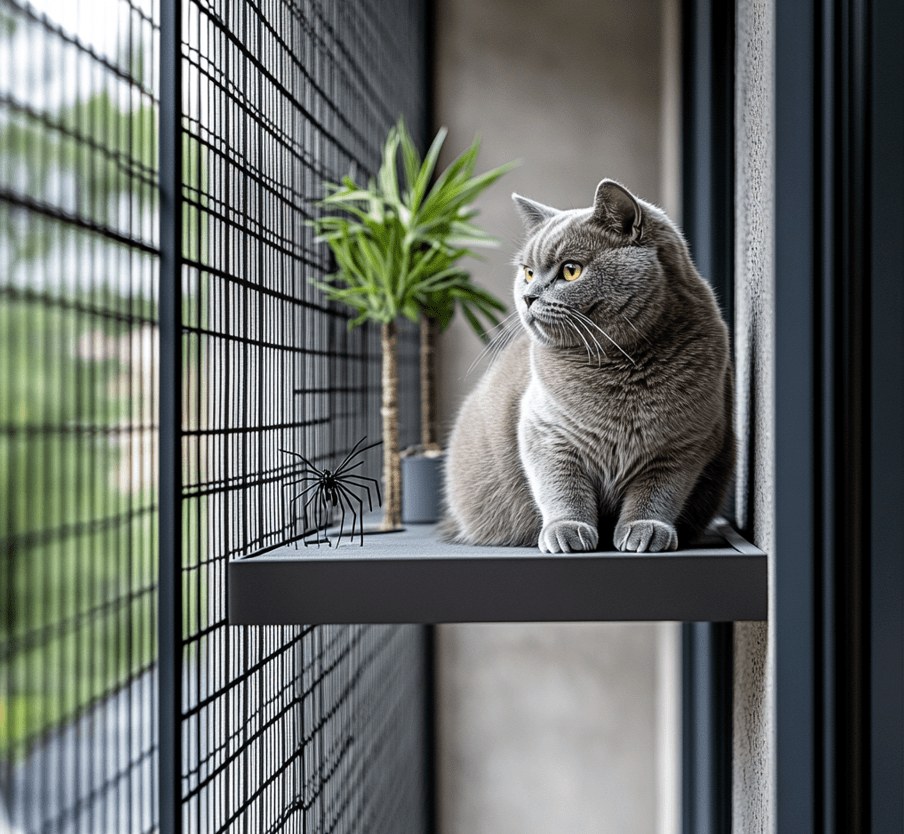
Preventing urinary tract issues in British Shorthair cats requires a proactive, multifaceted approach that prioritizes hydration, diet, stress management, and veterinary care. By providing a urinary-friendly diet, encouraging water intake, maintaining a clean litter box environment, and monitoring for early signs of trouble, you can significantly reduce your cat’s risk of urinary problems. Regular veterinary checkups, weight management, and environmental enrichment further support your British Shorthair’s urinary health, ensuring they live a long, comfortable life.
With dedication and the right strategies, you can keep your British Shorthair’s urinary tract healthy and thriving. For personalized advice, consult your veterinarian to create a tailored prevention plan for your beloved feline companion.

